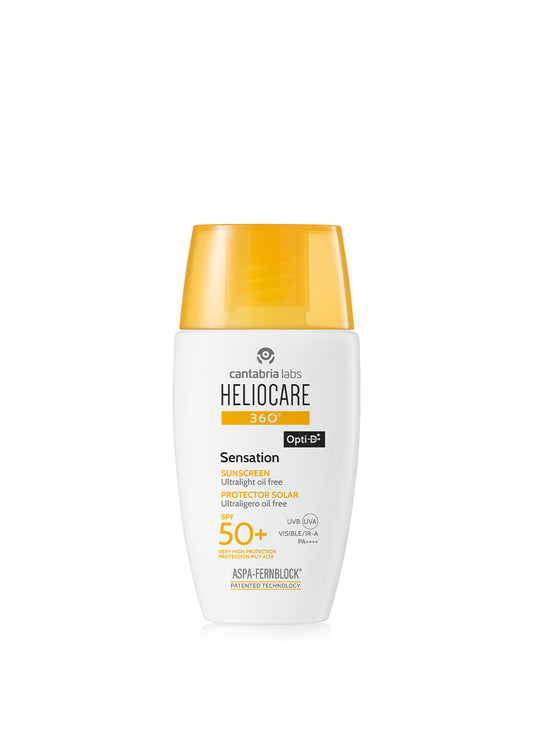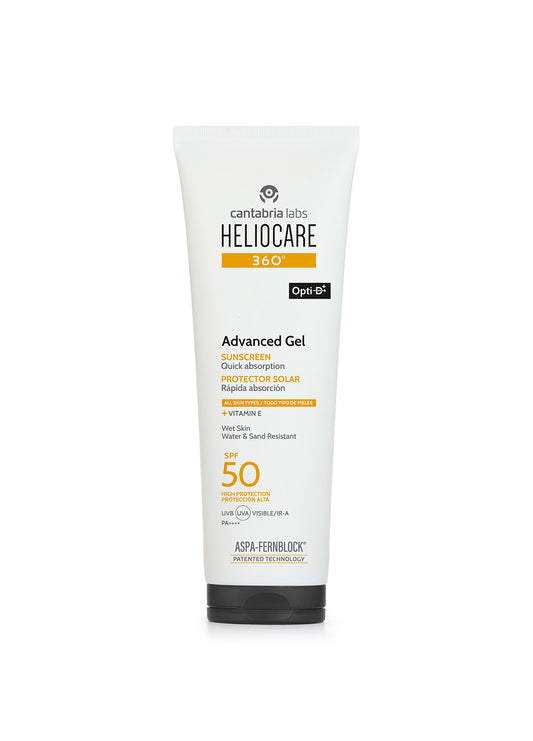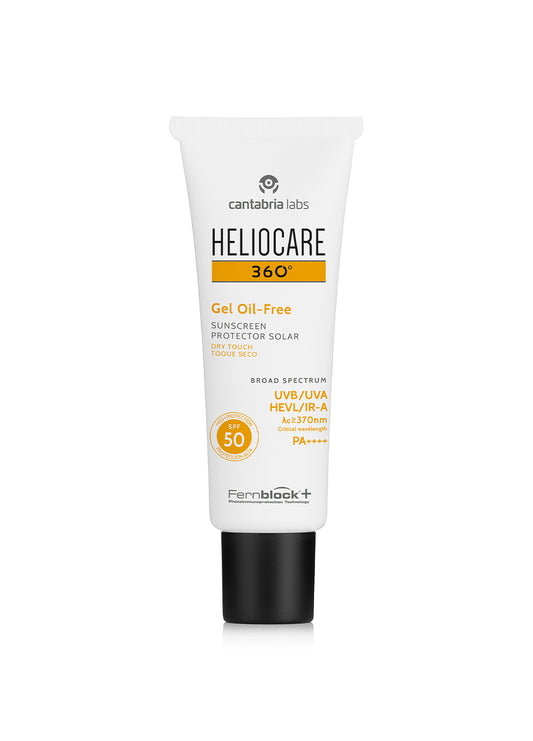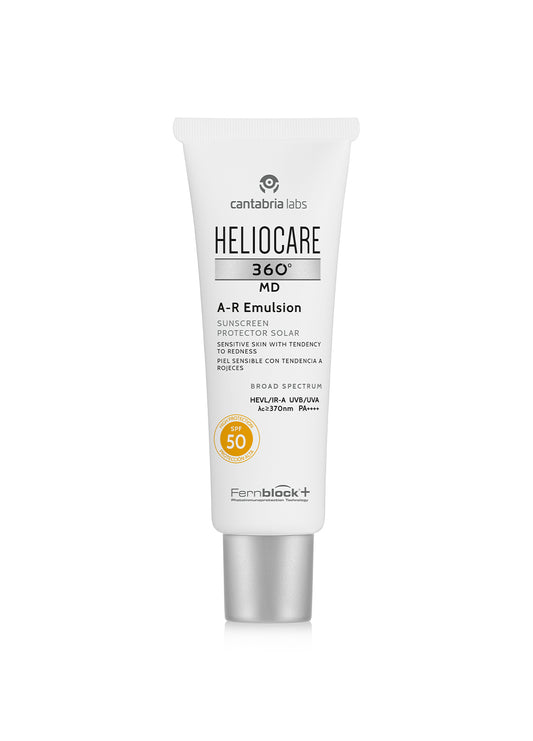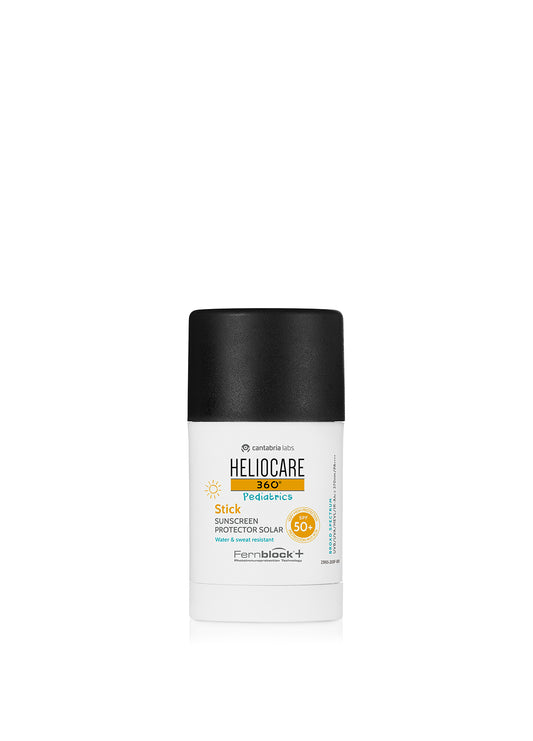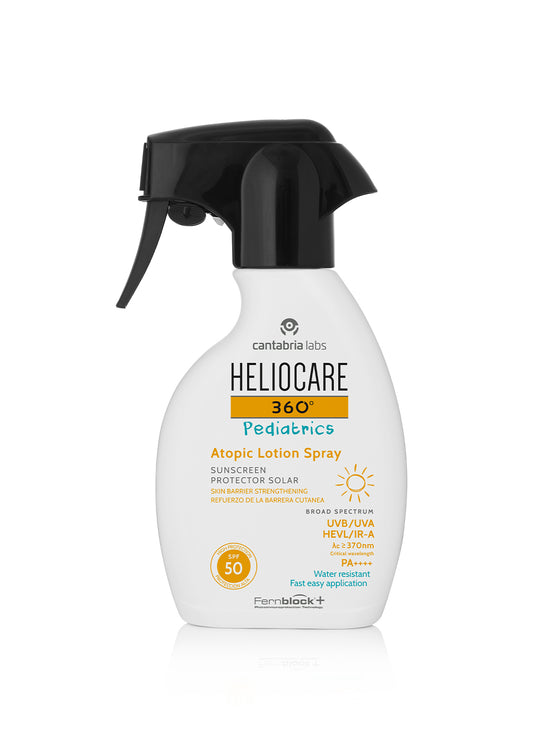
Sun Protection
What are the main causes of sun damage and photoageing, and how can we best protect our skin? Our sun protection collection includes a variety of topical sunscreens and skin supplements for a holistic approach to sun protection. With a formulation to suit every skin type, there’s a product for everyone, for every day.
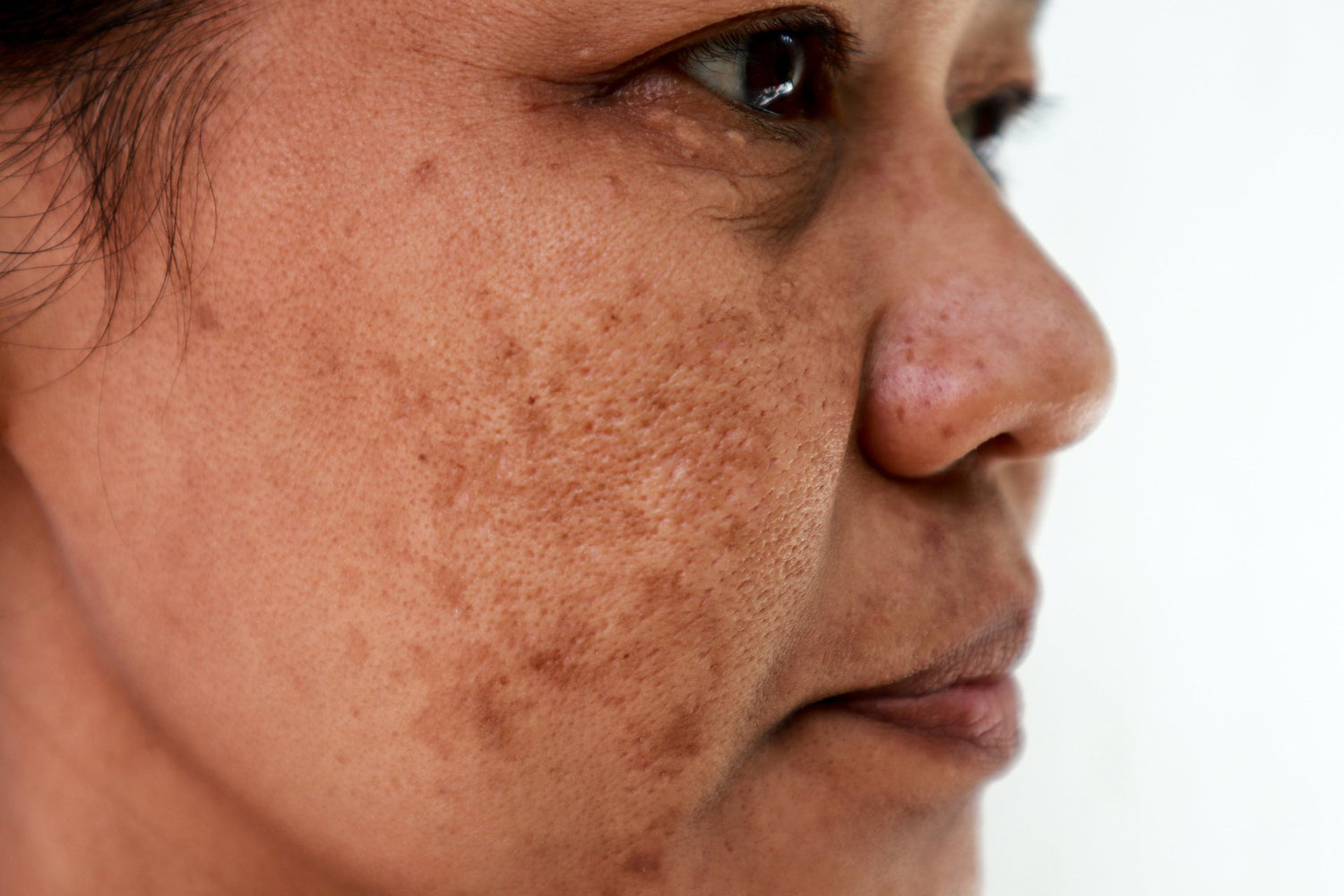
Sun damage and photoageing
Sun damage is caused by ultraviolet (UV) radiation from the sun, including UVA, UVB, visible light and infrared-A. It is these rays that lead to sunburn, DNA damage, premature skin ageing and an increased risk of skin cancer.
Photoageing describes the accelerated ageing process of the skin, due to repeated and unprotected sun exposure. This results in fine lines and wrinkles, loss of elasticity, uneven skin tone and hyperpigmentation.
What causes sun damage?
-

UVA
UVA rays are present all year round, penetrating deep into the skin and causing premature skin ageing and an increased risk of skin cancer.
-

UVB
UVB rays are strongest in the summer months, causing the redness, blisters and pain of sunburn, as well as increasing the risk of cancer.
-

Visible Light
Visible light, which is emitted from the sun but also includes blue light from digital devices, increases oxidative stress in the skin.
-

Infrared-A
Infrared-A penetrates even deeper than UV radiation, causing damage to the skin’s structure.
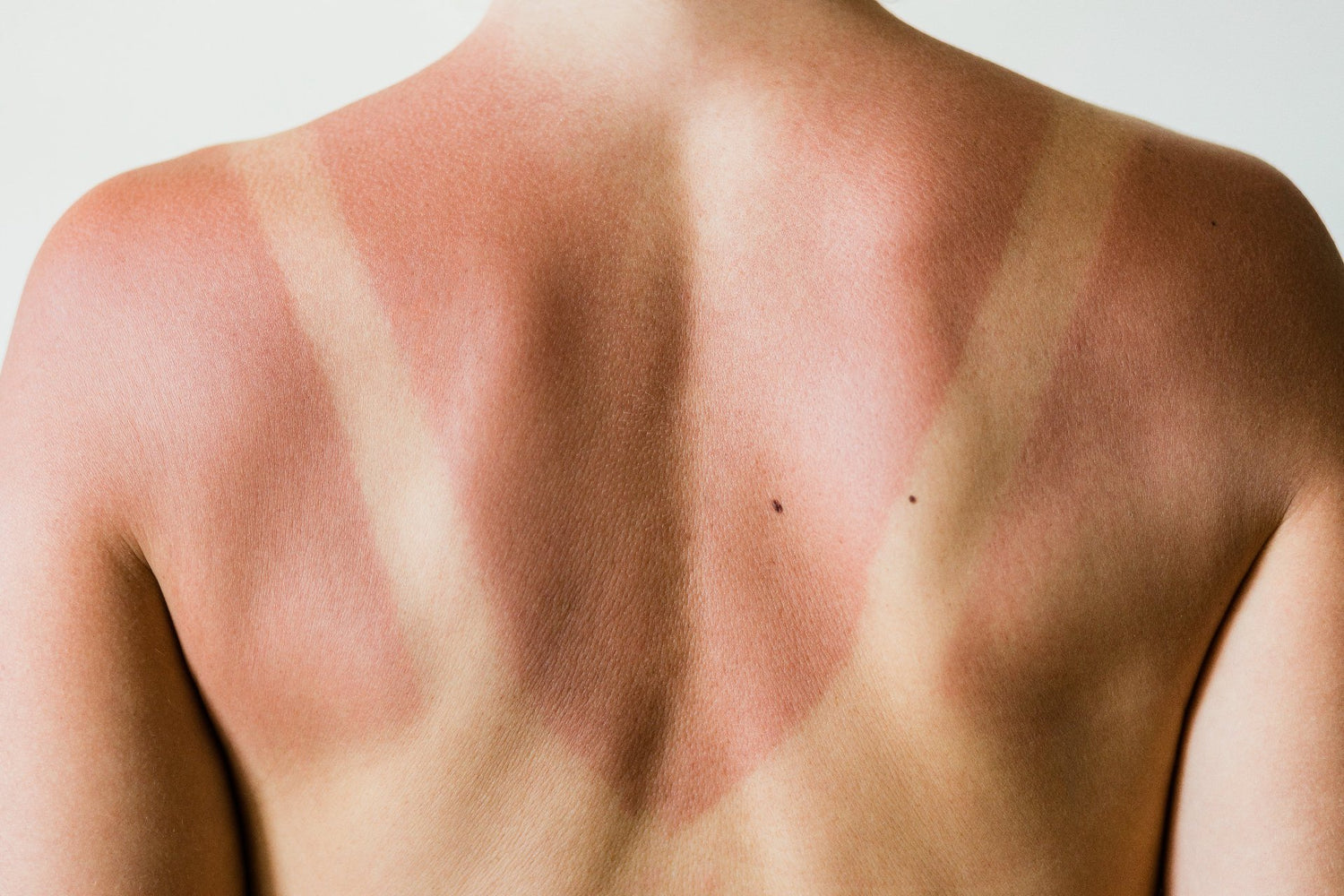
Who is at risk?
Every person, no matter their skin type, is at risk of sun damage. High risk factors include those with fair skin that burns easily, very young or old skin, people living close to the equator or at high altitude, where the ozone layer is low, and those who work outside and are regularly exposed to the sun’s rays. Not using sun protection is also a high risk factor for sun damage and photoageing.
Sun protection is the most important step in your daily skincare routine, because no matter the weather, sunlight radiation is present and harmful all year round. The best way to protect the skin from sun damage and photoageing is to apply a high-level, broad-spectrum SPF, every single day.
Technologies & ingredients for effective sun protection
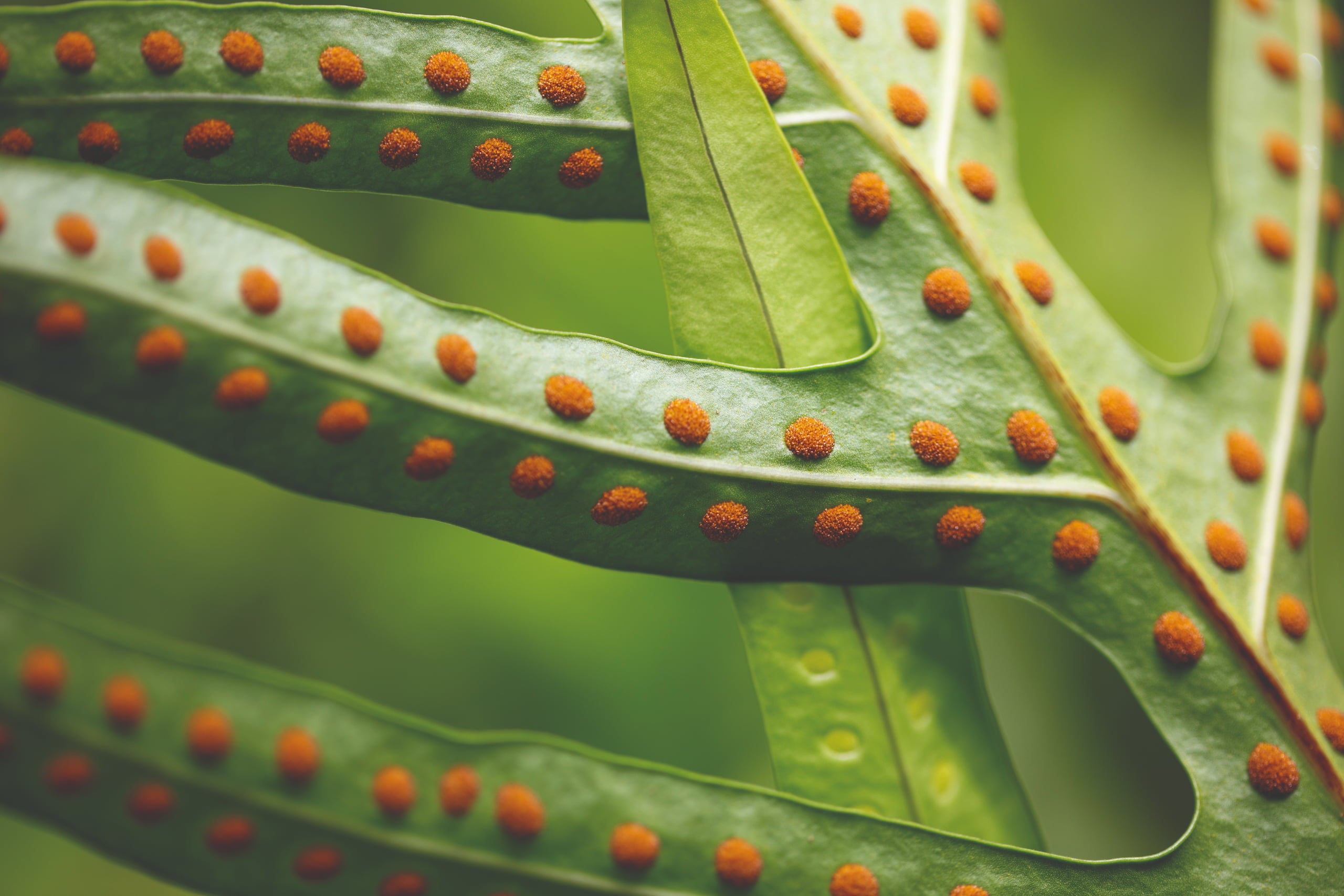
Fernblock® Technology
A patented plant extract providing multiple levels of protection, preventing both immediate and long-term damage, including sunburn, sun allergies, skin ageing, pigmentation and skin cancer.

ASPA-Fernblock®
ASPA-Fernblock® is a patented bioactive complex that combines Fernblock® with ASPA, a patented combination of extracts from the Aspalathus linearis plant, more commonly known as Rooibos. Together, they deliver powerful antioxidant activity and full-spectrum protection (UVA, UVB, visible light, infrared-A) while supporting vitamin D function - helping skin stay healthy, resilient and protected.
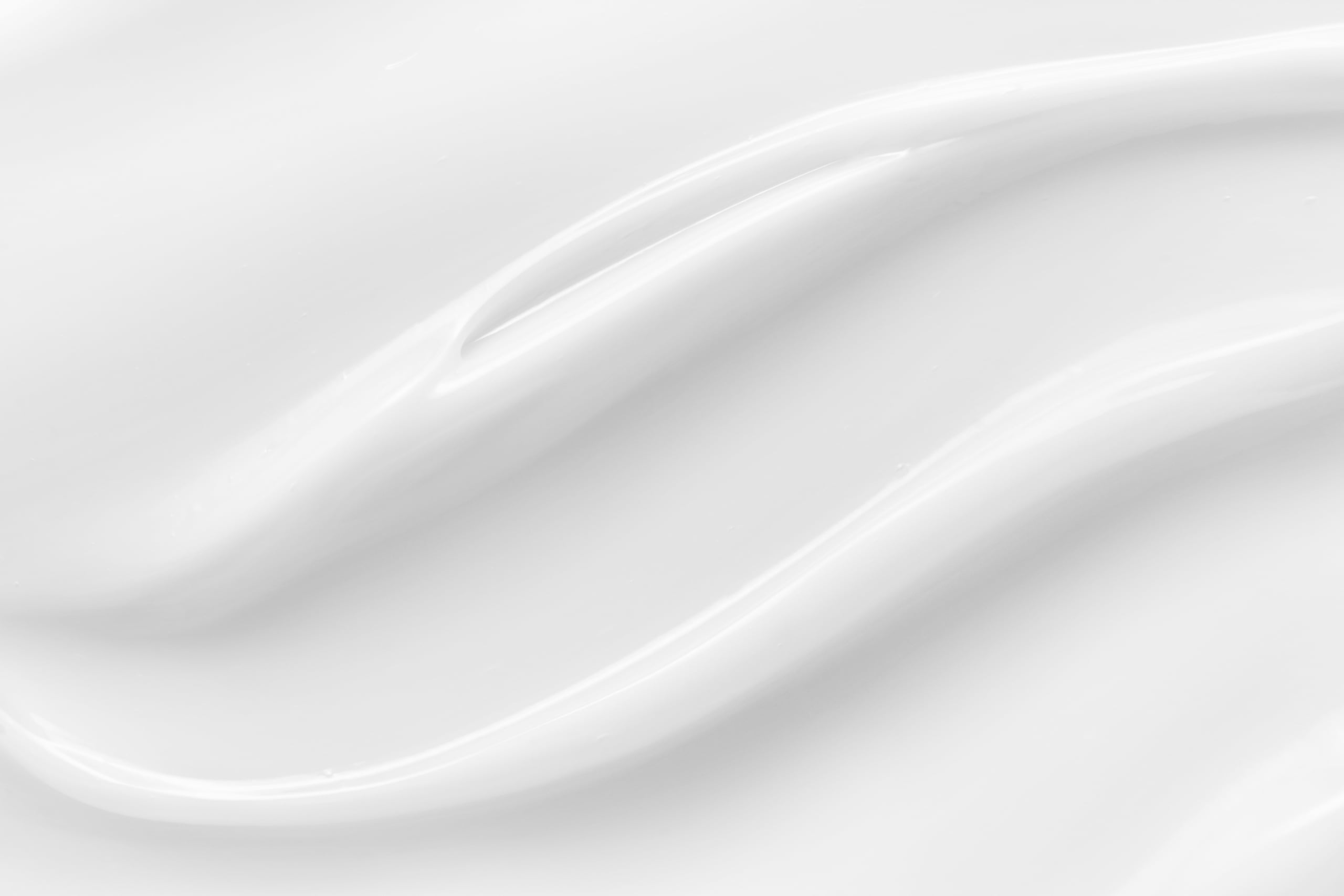
UV Filters
A unique combination of advanced UV filters protect the skin from UVA and UVB radiation, preventing sunburn and long-term skin damage. Including: Tinosorb S | Bemotrizinol | Octisalate | Diethylamino Hydroxybenzoyl Hexyl Benzoate | Diethylhexyl Butamido Triazone | Octocrylene.
Dermatologist proven sun protection
-
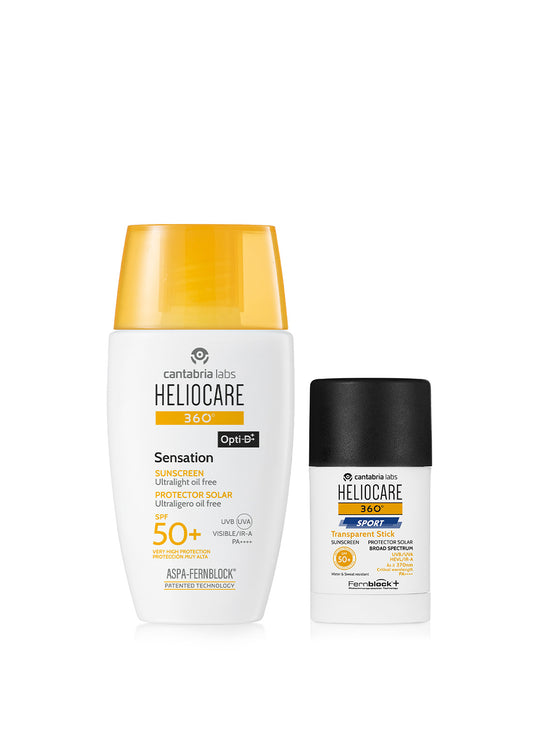 HELIOCARE 360° Sports Ready BundleDaily SPF50+ duo designed for active, outdoor lifestyles.Regular price £42.00Regular priceUnit price / per
HELIOCARE 360° Sports Ready BundleDaily SPF50+ duo designed for active, outdoor lifestyles.Regular price £42.00Regular priceUnit price / per£55.99Sale price £42.00Save -
HELIOCARE 360° Sensation SPF50+Ultralight, full-spectrum sun protection with a matte finish for all skin types.Regular price £31.00Regular priceUnit price / per
-
HELIOCARE 360° Advanced Gel Body SPF50High-level, full-spectrum sun protection for the whole family.Regular price £28.99Regular priceUnit price / per
-
HELIOCARE 360° Gel Oil-Free SPF50Mattifying high-level, full-spectrum sun protection for oily skin.Regular price £31.00Regular priceUnit price / per
-
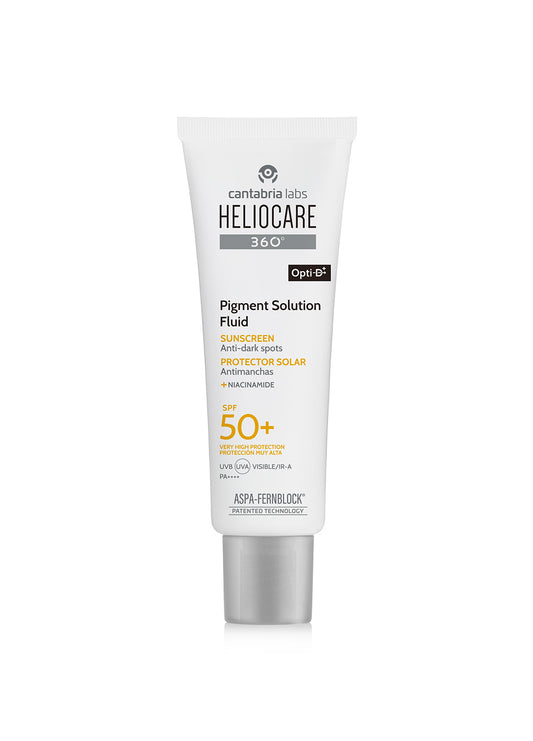 + FREE GIFTS
+ FREE GIFTS
worth £70HELIOCARE 360° Pigment Solution Fluid SPF50+High-level sun protection with a unique depigmenting system for even tone.Regular price £32.99Regular priceUnit price / per -
HELIOCARE 360° A-R Emulsion SPF50+High-level, full-spectrum sun protection for sensitive, redness-prone skin.Regular price £32.99Regular priceUnit price / per
-
HELIOCARE 360° Pediatrics Stick SPF50+High-level, full-spectrum sun protection in an easy-to-apply stick for kids.Regular price £24.99Regular priceUnit price / per
-
HELIOCARE 360° Pediatrics Atopic Lotion Spray SPF50High-level sun protection with a light, hydrating formula for delicate skin.Regular price £32.99Regular priceUnit price / per

Complete the skin quiz and let our dermatologist-led expertise guide you to the right formula.
Related articles
-

Introducing ASPA-Fernblock®: The next generation of sunscreen innovation
Cantabria Labs has pioneered a new technological advancement designed to support the skin’s natural vitamin D function under oxidative stress.
-

What’s the difference between ‘broad-spectrum’ and ‘full-spectrum’ protection?
Discover why ‘broad-spectrum’ sunscreens protect only against UVA/UVB — and how ‘full-spectrum’ products go further by shielding your skin from visible light and infrared-A too.
-

Does oral sun protection really work? The science behind HELIOCARE 360° capsules
While topical sunscreens remain the foundation of photoprotection, another form of defence can now be used to further boost sun protection and improve skin health.
Get 10% off your first order
Join the Cantabria Labs community for exclusive offers, expert advice and skincare guides direct to your inbox.


